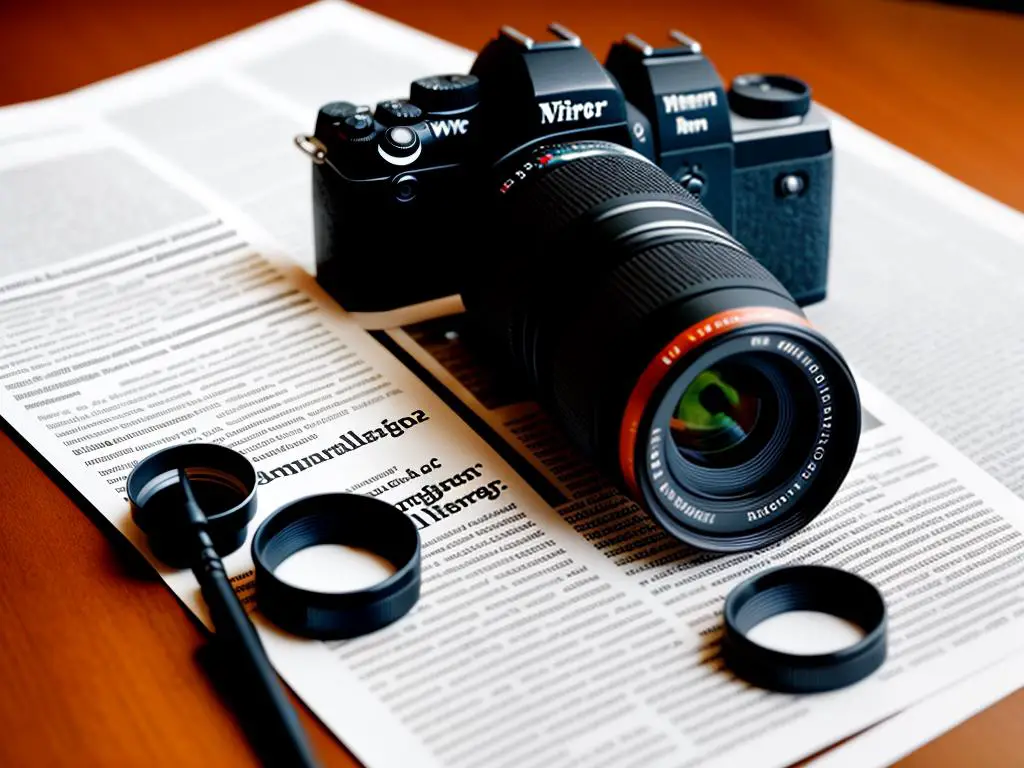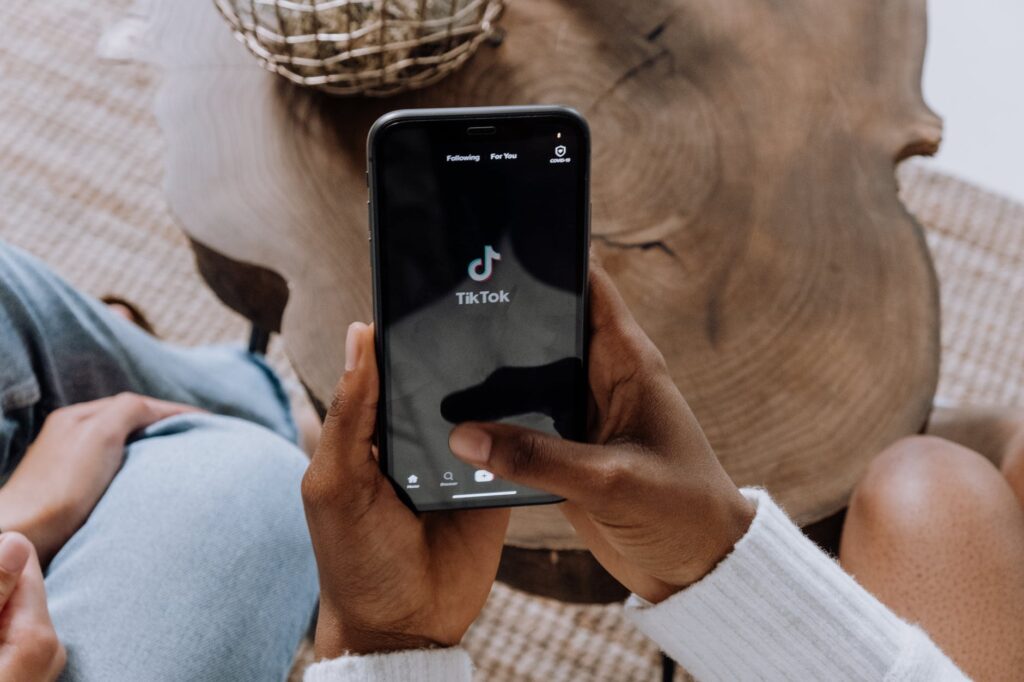The dynamic world of photojournalism is a blend of photography’s artistry and journalism’s dedication to factual storytelling. As a creative medium and information channel, it offers a unique platform to capture and deliver poignant narratives directly to the public’s eye. Whether it’s to chronicle pivotal events in history or amplify marginalized voices, photojournalism plays a crucial role in molding public perception and opinion. This comprehensive exploration into the realm of photojournalism starts with a broad understanding of this significant field before delving into tools, techniques, and ethical prerequisites. It seeks to provide enthusiasts and hobbyists with the knowledge and insights necessary to embark on their journey within an industry that’s as challenging as it is rewarding.
Understanding Photojournalism
Understanding Photojournalism: An Overview
Photojournalism presents a unique storytelling medium, blending the power of visual imagery with the narrative acuity of journalism. At its heart, photojournalism captures reality in an unbiased way, delivering truthful narratives through a single photograph or a series of images. Unlike other forms of photography, photojournalism adheres to strict ethical guidelines that value truth, accuracy, fairness, and impartiality. Through these images, viewers can see beyond the headlines, gaining insight into real-world issues and human experiences that would otherwise be inaccessible.
Relevance and Influence of Photojournalism
Photojournalism’s impact on society is significant, offering an accessible platform for raising awareness and prompting dialogue on global and local issues, from conflict and humanitarian crises, to cultural events and societal changes. Its contribution is essential in creating informed societies, promoting empathy, and enabling democratic discourse. This impact stems from the power of photographs to provoke emotion and stimulate critical thinking in a way that words alone often cannot.
The Ethical Aspects of Photojournalism
Like other forms of journalism, photojournalism is bound by stringent ethical guidelines. These include principles such as truthfulness, accuracy, objectivity, impartiality, fairness, and public accountability. Photographers are obligated to depict reality as accurately as possible, avoiding manipulations that could alter the facts or mislead viewers. They must respect the dignity and privacy of their subjects, always strive for impartiality in their coverage, and act responsibly in the pursuit of their work.
Exploring the History and Evolution of Photojournalism
The advent of photography in the mid-19th century set the stage for the emergence of photojournalism. However, it was not until the invention of the Kodak camera in the late 19th century that photojournalism became accessible and widespread – this new technology allowed amateur photographers to document events and everyday life, heralding a new era in mass communication.
In the early 20th century, the rise of illustrated newspapers and magazines offered a broad platform for photojournalism, enabling photographers to reach a wider audience and sparking public interest in this novel form of storytelling. Throughout the years, photojournalism has played a significant role in documenting history, from war coverage and civil unrest to social movements and natural disasters.
The Intricacies of Storytelling through Photojournalism
Photojournalism, a nuanced form of visual storytelling, demands more than just an eye for detail. It necessitates impeccable timing, a deep understanding of humanity, and the capability to package intricate narratives into compelling, truthful visuals. photojournalism is about translating reality in its rawest, most authentic form, enabling the observers to engage directly with the photo’s subject – all without the need for words. Each photograph captures a unique moment in time, frozen and remembered forever; collectively, these moments weave together a narrative that can enlighten, elicit empathy, and stimulate action, highlighting the undeniable influence of photojournalism in molding our comprehension of the world around us.
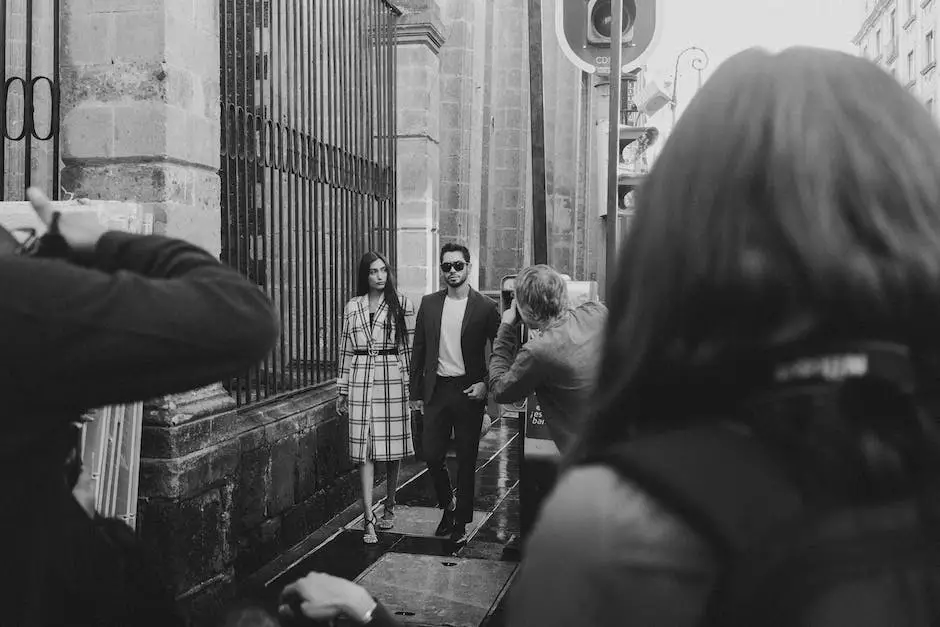
Essential Tools and Techniques
Pivotal Role of Gear and Equipment in Photojournalism
Pivotal to the craft of photojournalism are suitable gear and equipment. These vital elements are integral to crafting compelling photographs that narrate a tale effectively. In terms of hardware, the most fundamental requirement for a photojournalist is a professional camera – specifically, a high-quality DSLR or mirrorless camera that offers the necessary features and flexibility.
A broad spectrum of lenses also forms an indispensable part of a photojournalist’s toolkit. Wide-angle lenses, often employed in photojournalism, are perfect for encapsulating sweeping scenes and instilling a sense of involvement. Telephoto lenses, on the other hand, enable photojournalists to capture subjects from a distance, a feature that proves critical in treacherous or hard-to-reach areas.
Although not always a requirement, lighting equipment can be a game-changer in scenarios where the available light doesn’t suit the desired visual outcome. Portable flash units can work wonders in low-light settings or for eliminating undesirable shadows. While not obligatory, diffusers and reflectors can enhance image quality under specific circumstances.
Software is just as important as hardware in the world of photojournalism. Photo editing tools, like Adobe Lightroom or Photoshop, provide photojournalists with the means to enhance their imagery, rectify errors, and transform their photos into the quintessential visual representation of their narrative.
Photojournalism Techniques
Techniques in photojournalism often differ significantly from mainstream photography, primarily because the goal is not just to create beautiful images, but to tell stories. Capturing the decisive moment is a critical concept in photojournalism. It’s about capturing the one moment that encapsulates the emotion, the action, and the significance of an event.
Observation and anticipation of events are key to successfully capturing these decisive moments. A photojournalist should always be active, examining their surroundings and the people, preparing themselves to capture unexpected occurrences.
Composition also plays an essential role in photojournalism. Photojournalists must structure their shots in a manner that not only includes the primary subjects but also the surrounding details that provide depth to the story being told. The rule of thirds, leading lines, and other compositional techniques can guide a viewer’s attention to the story’s critical elements.
Navigating Diverse Environments
Working as a photojournalist is about embracing constant change and adapting your approach to match different scenarios. For example, photographing war-torn areas requires a set of safety considerations and sensitivity towards the locale, a far cry from covering political events or social issues documentation.
High-stress environments demand swift action and the ability to remain alert at all times. Equally important, however, is the responsibility to prioritize personal safety, comply with local laws, and remain aware of cultural customs. As a photojournalist, it’s essential not to risk inflaming the situation further or endangering people with your presence.
On the other hand, when documenting more subdued matters or lifestyle pieces, a gentler, more patient approach is warranted. You might spend time building relationships with the subjects and waiting for the opportune moment to capture the perfect shot.
No matter what’s being covered, it’s crucial for the photograph’s aesthetics to relay the story authentically. The choice in darkness, light, setting, frame, and even the post-editing must reflect the story’s theme and mood. By adapting to the story’s needs, a skilled photojournalist can evoke the narrative powerfully within their images.
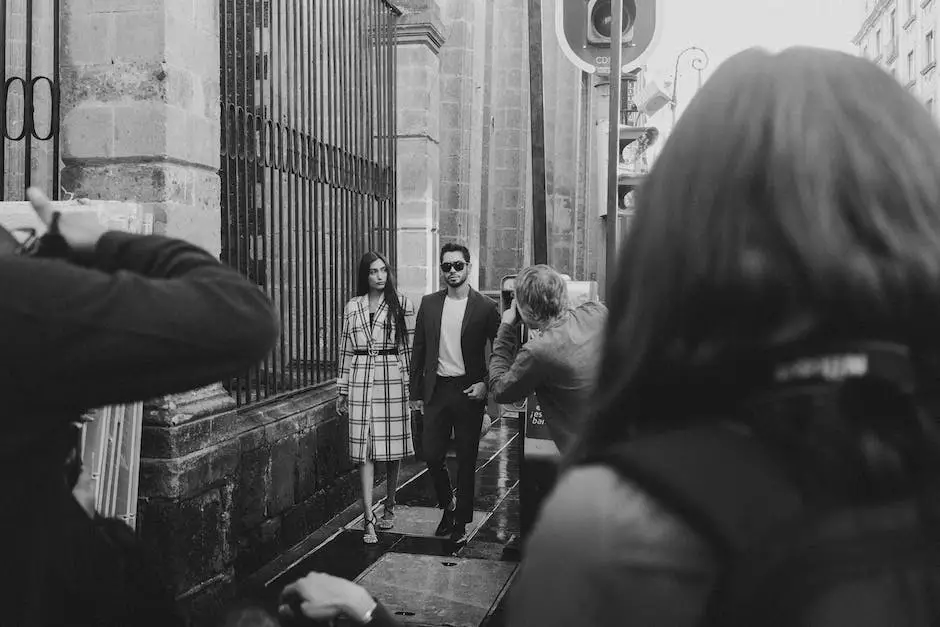
Skills Enhancement and Principles of Design in Photojournalism
A Deeper Dive Into Photojournalism: The Synergy of Photography and Journalism
Photojournalism is much more than taking extraordinary pictures; it’s the marriage of photography’s beauty and the moral integrity inherent in traditional journalism. As a photojournalist, you must adhere to the ethics of accuracy, impartiality, and fair representation while using your camera to create visually stunning narratives.
The act of capturing authentic, emotional, and raw images crafts a gripping visual story that could be hard to express using words alone. The significance of a single picture in setting the context and tone for a news story is extraordinary. By integrating a potent photojournalistic image into a news piece, it provides a visual invitation to viewers, driving them to engage more deeply with the content.
The Important Role of Soft Skills in Photojournalism
Photojournalists are invariably the silent observers and visual storytellers, weaving narratives through their lenses. For them, their camera is a bridge between the audience and the story. However, their work isn’t solely about adjusting shutter speed or controlling aperture; it also involves honing in on certain soft skills. Three key essential skills for a successful photojournalist are communication, empathy and creativity.
Communication
Although photojournalists largely tell stories through images, good communication skills are crucial to their work. They often have to interact with diverse groups of people, from event organizers to interviewees. They need to know how to ask the right questions, build rapport with subjects, and often negotiate access to scenes or people. Furthermore, they must clearly annotate their images to provide accurate context, aiding editors and viewers to understand the photos’ intended story.
Empathy
Empathy differentiates a good photojournalist from a great one. The ability to connect with subjects on a human level is vital for generating potent narratives. Photojournalists often cover challenging situations—natural disasters, wars, and humanitarian crises—where subjects are vulnerable and traumatized. Here, kindness and understanding can make a difference. Empathetic photographers can establish trust, enabling them to capture authentic moments that truly represent their subjects’ experiences.
Creativity
Creativity is another quintessential tool in a photojournalist’s kit. In an environment where every second counts, the ability to think creatively can help a photojournalist create compelling images. For instance, using unique angles, employing unexpected backgrounds, or exploring interesting lighting can result in standout photos.
Incorporating Principles of Design in Photojournalism
Design elements and principles guide how we arrange the visual components in an image. A quick rundown of key design principles includes balance, contrast, emphasis, movement, pattern, rhythm, unity, and variety. Using these principles, a photojournalist can streamline the message they want to communicate through their photograph, making it potent and compelling.
Creating Balance and Contrast
Balance in photojournalism refers to an equal distribution of visual weight in an image. It doesn’t necessarily imply symmetry but rather an equilibrium of elements that keeps the viewer’s eyes moving around the photograph, engaging them effectively. On the other hand, contrast is all about differentiation. It highlights the differences in elements, such as colors, textures, shapes, helping to create focal points and guiding the viewer’s eyes to the areas of interest.
Mastering Emphasis and Capturing Movement
The art of drawing attention to the focal point of a photograph is defined as emphasis, which directs the viewer’s eye to the centrepiece of the story. Meanwhile, capturing movement gives the photograph a sense of action and direction, because it makes the scene appear dynamic and fascinating. Freezing a subject in action or using a slow shutter speed to introduce blur are techniques that can inject a sense of movement into a photograph.
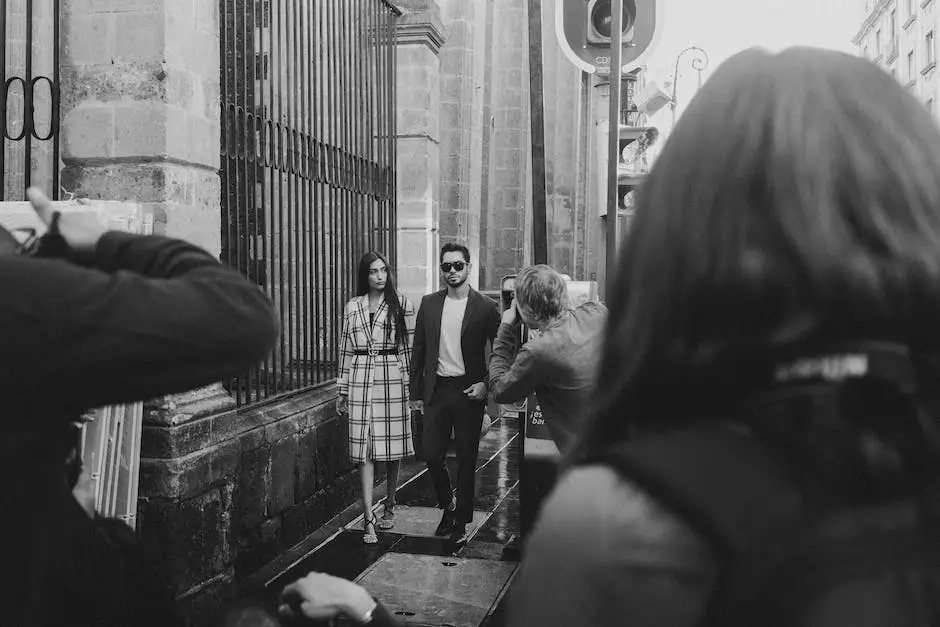
Legal and Ethical Considerations
Navigating Legal Aspects in Photojournalism
It’s inevitable to comprehend the legal boundaries as an essential part of becoming a photojournalist. Different regulations that apply to public and private spaces have a significant influence on where you are permitted to take photos, and these regulations can vary geographically. In the United States, for instance, photographers are typically permitted to take pictures in public spaces without requiring consent from the individuals being photographed.
However, when you cross into private property territory the rules are different. Should you take photographs without acquiring permission from the property owner or their representative, you may face legal repercussions. Places like malls, venues, and certain buildings may be accessible to the public but are still deemed private property. Photography in such locations without prior permission can be interpreted as infringements of privacy laws. As such, gaining a clear understanding of the distinctions between public and private spaces, and the laws that impact each, can assist in avoiding potential legal complications.
Obtaining and Usage of Photographic Consent Forms
Another significant aspect of working within legal confines in photojournalism is obtaining and properly using photographic consent forms. A photographic consent form is a legal document that grants permission to publish photographs of people, especially when the images have been shot in a private space or depict a minor.
Requirements for these forms vary, and the circumstances will often dictate whether explicit written consent is necessary – in a public protest, for instance, it may not be feasible or required. Nonetheless, in scenarios where privacy or sensitivity is a concern, having the individual’s consent in written form can serve as a protective measure against legal repercussions.
In some circumstances, it may also be necessary to obtain permission from the owner of a property or an event organizer. It is therefore vital that you’re not only aware of when a consent form is needed but also understand the proper procedure for using and storing these documents.
The Inner Workings of Ethical Photojournalism
Photojournalism extends beyond the act of taking captivating images. It involves considerable ethical judgment and understanding. The potential of your photographs to either narrate an important tale or mold public belief, makes adherence to ethical guidelines of paramount importance as a photojournalist.
For instance, the esteemed Code of Ethics from the National Press Photographers Association focuses on respect for photo subjects, the avoidance of deception or fabrication in the creation and display of images, and the critical pursuit of unbiased representation and diversity in storytelling.
It’s crucial to take into account how your actions could influence the individuals and occurrences you’re portraying when you’re actively shooting. Reflect on questions such as: Does this photograph honor and truthfully represent the subject? Could it unjustly damage or shame the individual in question? Is it empowering those without a voice or exploiting them?
Making choices about what to photograph, how to photograph it, and whether to distribute the photographs is intertwined with ethical responsibilities. Being aware of these factors and thoughtful of their ramifications is a significant stride towards practicing ethical photojournalism.
At its core, photojournalism symbolizes more than just recording instances. It’s centered on storytelling in a manner that’s both ethically and legally rigorous. Grasping these principles and strictly adhering to them will elevate you to a more respected and competent professional within the industry.
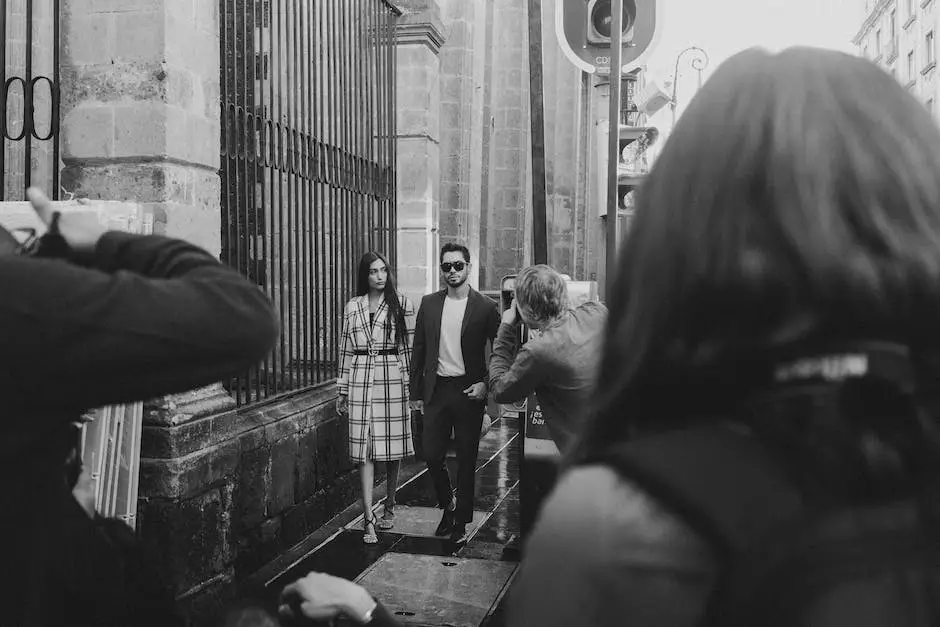
Navigating the Photojournalism Industry
The Art and Responsibility of Photojournalism
Photojournalism transcends the simple act of taking photos. It involves a unique mix of research, storytelling, ethics, and, of course, a knack for creating exceptional images. At its essence, it’s about capturing a moment that narrates a tale or unveils a reality about our world.
Building a Portfolio
The foundation to breaking into the photojournalism industry is to build a strong, diverse portfolio. Your portfolio is essentially your visual CV; it showcases your photographic style, skills, and the range of stories you can tell.
It’s crucial to constantly shoot and continuously add images to your portfolio. You should also consider diversifying your portfolio to include different styles and subject matters. Your work should reflect originality and your unique perspective on the subject matter at hand. Don’t forget to include captions that fully explain the context and significance of the photographs.
Importance of Networking
Networking is another key component when trying to break into the photojournalism industry. Start by attending photography workshops, seminars, and other industry events. Don’t be afraid to reach out to professionals in the field. Photographers, like most creatives, are often eager to share their insights and experiences.
Social media platforms such as Instagram, Twitter, and LinkedIn are excellent ways to connect with other photographers and industry influencers. Also, consider joining photography or photojournalism groups or forums online.
Pitching Your Work
Once you have a robust portfolio, you should start pitching your work to publications. Research which publications are a good fit for your work and understand their submission guidelines. If you have a specific story or project, craft a pitch that succinctly explains why this work is unique or important, and why their readers would find it of interest.
Freelancing in Photojournalism
A significant number of photojournalists are freelancers. Freelancing can offer a sense of autonomy and a chance to choose your assignments, but it can also be a challenging path.
Freelance photojournalists should be open to a variety of assignments and be prepared for periods of slow work. Consistency in producing quality work is crucial and building solid relationships with editors is rewarding.
It’s also important to know the business side of freelancing- understanding contracts, rights, royalties, and invoicing.
Understanding Rights and Royalties
Remember that when you take a photo, you own the copyright to that image. Many publications will try to buy or license your photos. Be sure to thoroughly read any contracts and understand what rights you are selling.
Consider getting legal advice if you’re not sure about any contract terms, since understanding royalties can be a complex process.
Continual Learning and Development
Finally, remember that education never ends in photojournalism. Techniques evolve, new technology emerges and storytelling styles shift. Stay up-to-date on industry trends by attending seminars, joining workshops, and reading relevant publications and articles.
Most importantly, keep shooting. The more you shoot, the more you learn, and the better you become. Experiment with different techniques and types of photography, always striving to refine your skills and stretch your capabilities. Remember, photojournalism is not just about taking good pictures, it’s about telling compelling stories.
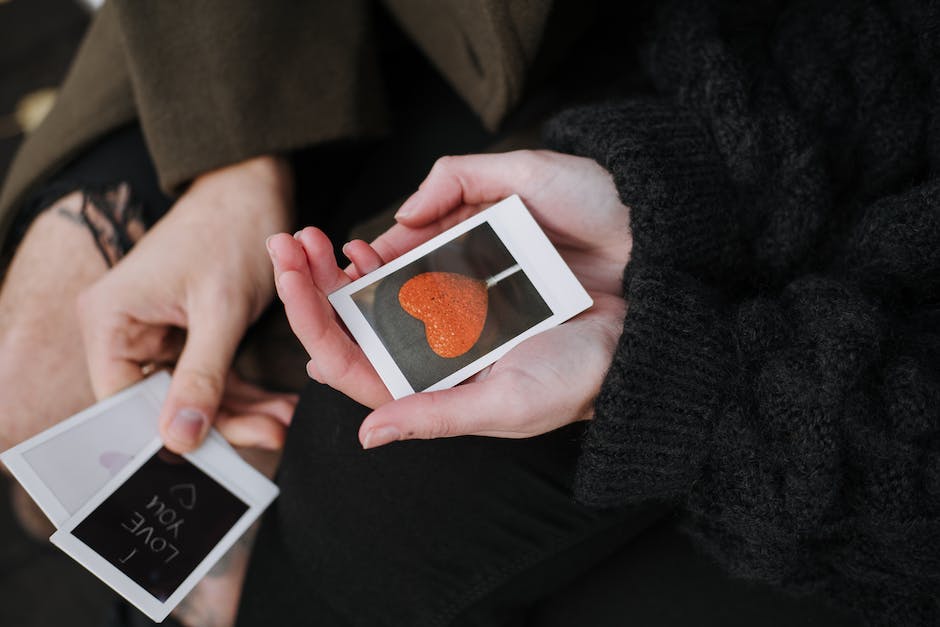
The field of photojournalism is vast and intricate, with its many facets ranging from understanding its essence to merging design principles into the visual narrative, and from acknowledging legal and ethical boundaries to navigating a steadily advancing industry. To succeed in photojournalism is to combine the eye of an artist, the instinct of a journalist, and the ethics of a conscientious citizen. The path may be challenging, but it’s a fulfilling journey. Equipping yourself with essential skills, adopting a critical and empathetic perspective, and continuously striving for growth, will not only assist you in making a mark in the industry but also ensure your work resonates profoundly within the hearts and minds of your audience. Keep exploring, keep learning, and most importantly, keep telling stories that need to be told.
Originally posted 2023-10-30 22:05:11.

